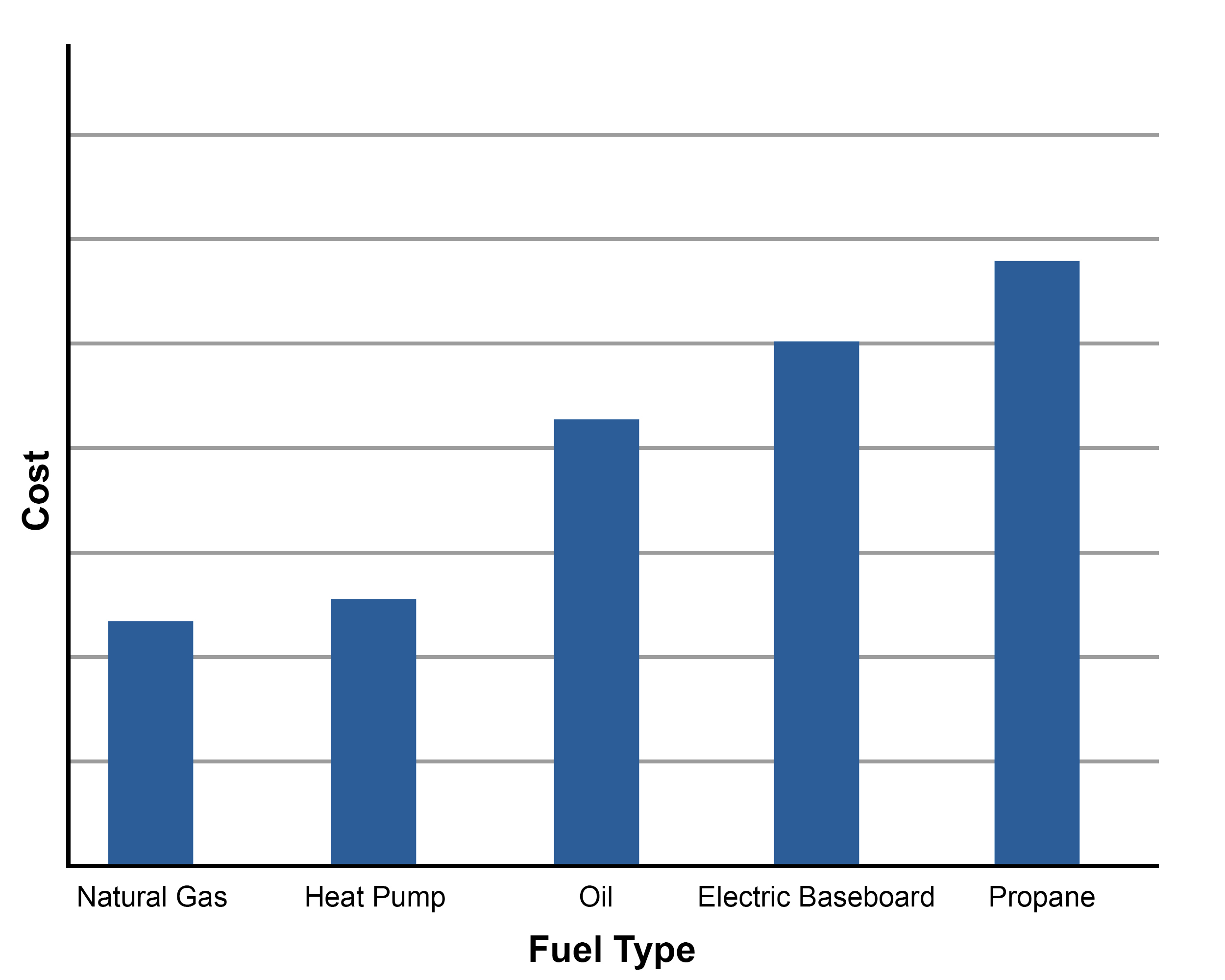- 425 582 0473
- info@hvacmorgan.com
- 12314 134th Court NE, Bldg A, Redmond, WA 98052
Just like many other appliances, your indoor comfort system is not only an initial investment, but also includes ongoing costs for operation and maintenance. The heating and cooling system typically makes up more than 40% of a home’s annual energy costs. This means that the heating and cooling equipment and controls that you select today will continue to affect your finances for as long as you live in your home. That’s why it makes sense to invest in a high-efficiency comfort system.
A major contributor to operational cost is the type of fuel the system uses. This graph compares the cost of common fuel sources and system types.
🔹The Annual Fuel Utilization Efficiency (AFUE) ratio, which is the percent of heat produced for every dollar of fuel consumed, is how furnaces are rated. The higher the AFUE rating, the lower your fuel costs.
🔹The SEER (Seasonal Energy Efficiency Ratio) is how cooling systems are rated. For every $100 you spend to cool your home using a 10 SEER system, keep in mind that you would spend much less using a system of 12 SEER or higher. For example, if your annual cooling costs were $1,000 with a 10 SEER system, they could be reduced to $710 with a 14 SEER system.

A local Northwest-based company that provides residential and commercial HVAC services.
Proudly Serving: King and Snohomish Counties.
Get updates on special offers and articles!
Copyright @ 2024 – Morgan Mechanical INC
Designed and Developed by MetroMax Solutions